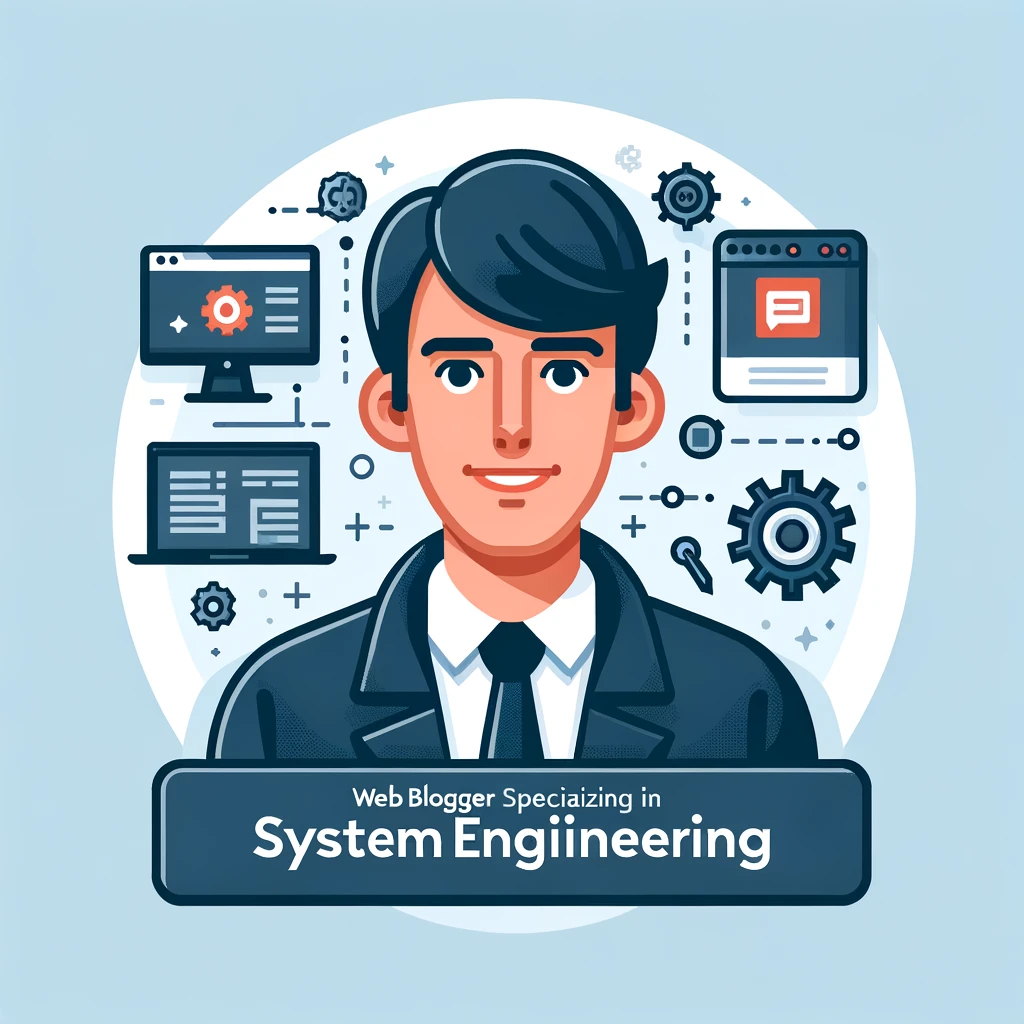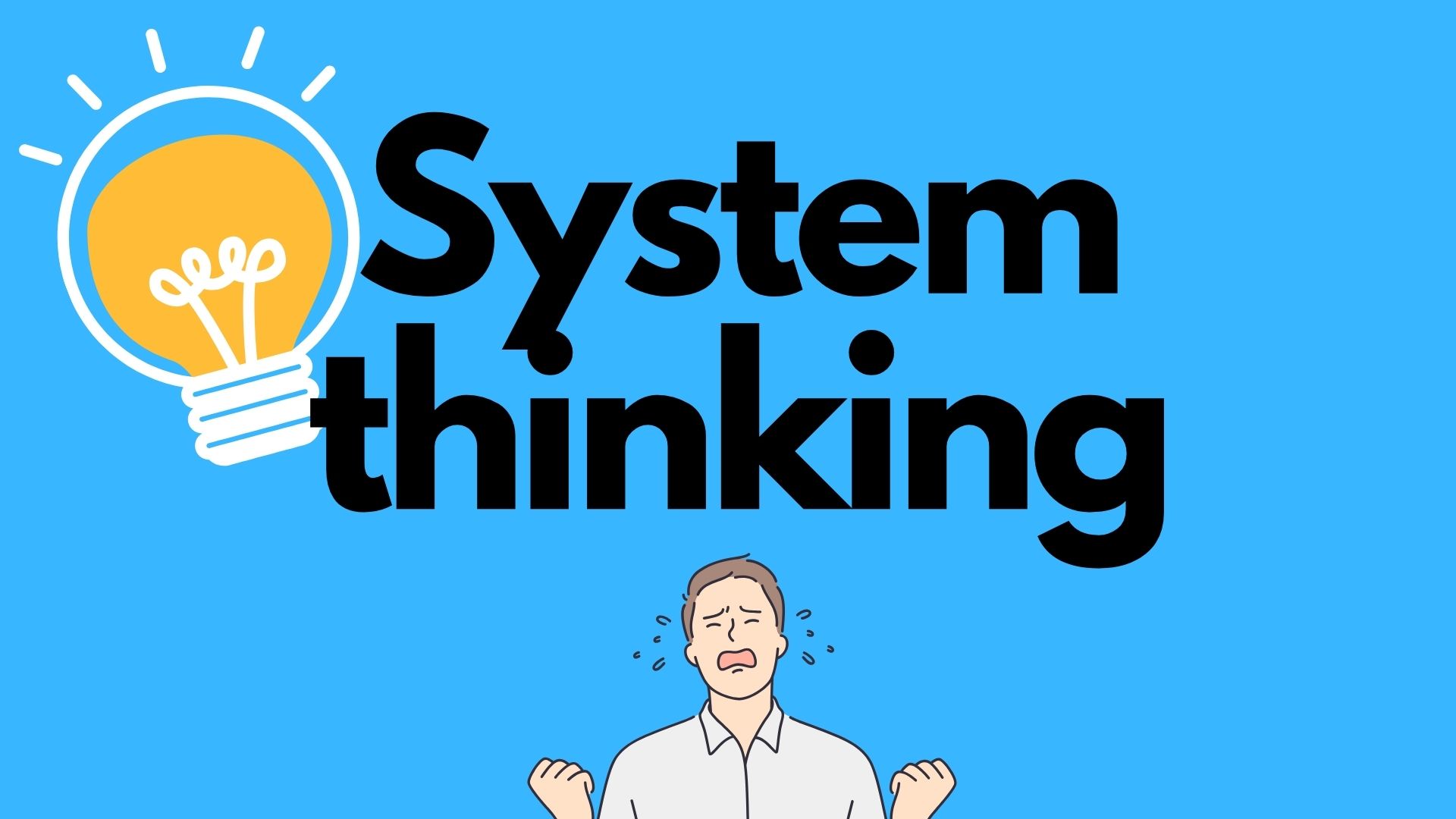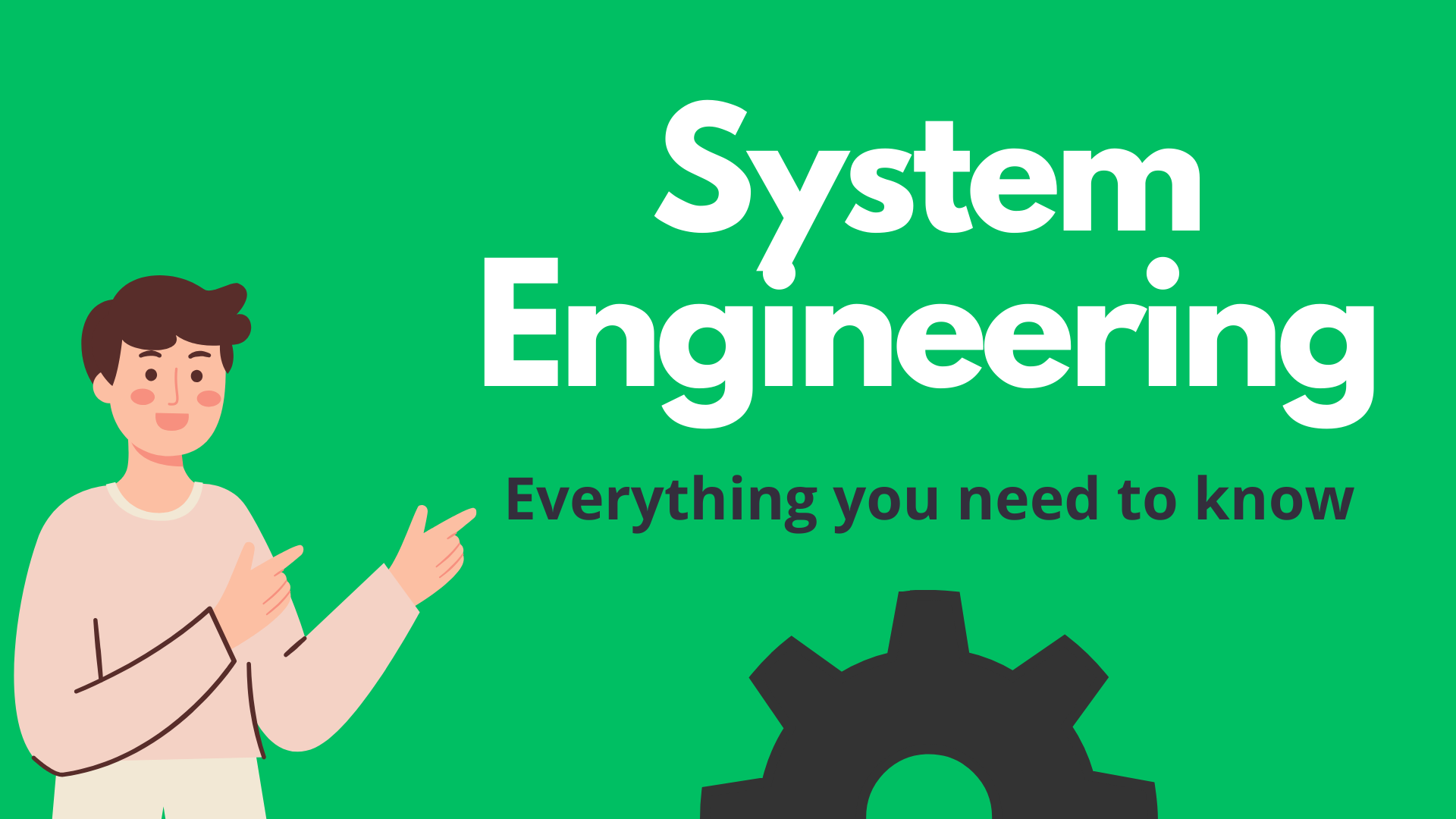

Before we dive into the exciting world of system engineering, let’s lay down some groundwork by understanding what a system really is.
What is a System? 🤔
INCOSE ( international council of system engineering ) define the system as follow :
“A system is an integrated set of elements, subsystems, or assemblies that accomplish a defined objective. These elements can include products (hardware, software, firmware), processes, people, information, techniques, facilities, services, and other support elements. “
OR the ISO/IEC/IEEE 15288 that defines the Systems and Software Engineering System Life Cycle Processes :
“A system is a combination of interacting elements organised to achieve one or more stated purposes.”
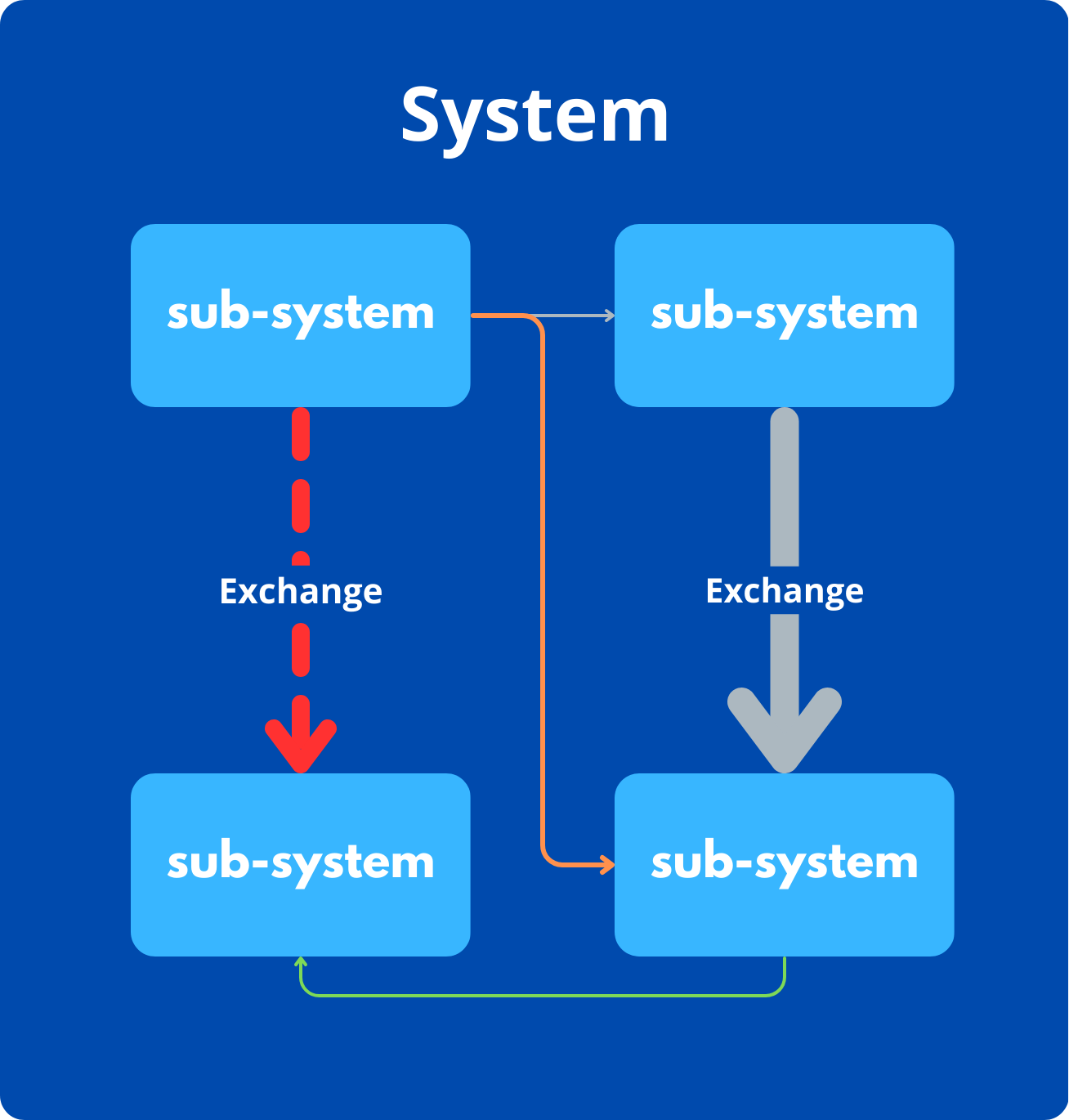
But let’s break it down even further:
1 – A system is a Combination of elements ( the element can be, hardware, software, humans, policies, documents, etc..)
2- That Exchange Informations ( the information can be, data, physical forces, matter, etc..)
3- Throughout Interfaces ( the interfaces can be, wifi, cables, tubes, etc.. )
4- All those elements Interact together for 3 things : to resolve a problem, to accomplish a mission, and to meets a purpose
Now that we’ve got a good grasp of what a system is, let’s journey into the realm of system engineering, where the magic really happens! ✨
System Engineering: 🛠️
If you dont know what INCOSE and ISO15288 stands for, check it out !
let’s first see some examples of the definitions :
- Systems engineering is an interdisciplinary approach and means to enable the realization of successful sys tems. It focuses on defining customer needs and required functionality early in the development cycle, document ing requirements, and then proceeding with design synthesis and system validation while considering the complete problem: operations, cost and schedule, performance, training and support, test, manufacturing, and disposal. (incose,2004)
- Systems engineering is an iterative process of top‐down synthesis, development, and operation of a real‐world system that satisfies, in a near optimal manner, the full range of requirements for the system ((Eisner,2008)
- Systems engineering is a discipline that concentrates on the design and application of the whole (system) as distinct from the parts. It involves looking at a problem in its entirety, taking into account all the facets and all the variables and relating the social to the technical aspect. (FAA, 2006)
But let give it a more structured approach :
1 – System engineering is a set of disciplines or skills ( system thinking and problem solving, system analysis, requirement engineering, management, etc.. )
2- It aimes to document a complex system with the most simple manner possible ( less complexity, less costs )
3- It follows many ruls and processes for best practice (specially those described in INCOSE Handbook, and ISO15288)
4- It Analyse the entire system from User/Customer Needs throughout functional, logical analysis to physical and design synthesis
The truth is that we can find many definitions, many complexity and ambiguity in system engineering, and that does not really matter, because that diversity is due to the many domains of application, and the many different company process personalisation, and engineering framework, that we can find.
but what your really need to understand is what is the purpose of using system engineering process, and the system thinking mindset, to reduce complexity and costs, and to share the same understanding of the system developed with all the stakeholders in every system engineering phases
The V-Model in System Life Cycle: 📊
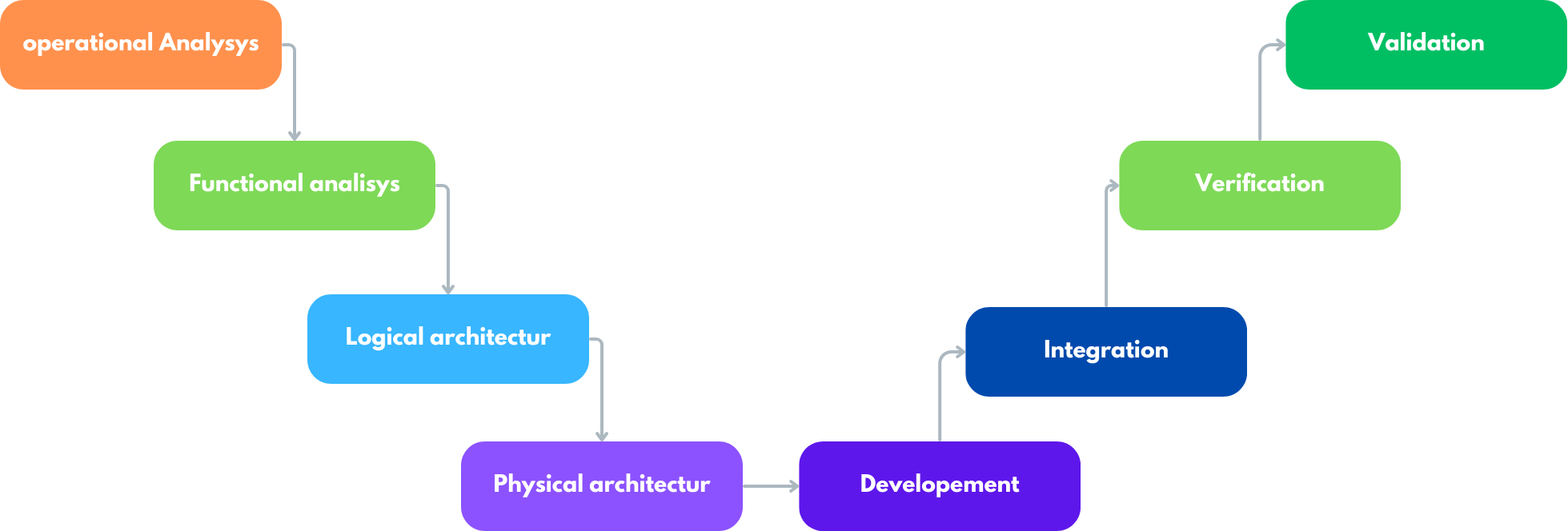
The V-model is like a roadmap 🗺️ that guides us through the system development life cycle.
It illustrates the relationships between each phase of development and its associated testing phase.
Just like climbing a mountain 🏔️, the V-model emphasizes the importance of testing at every step of the journey, ensuring that the system meets requirements and functions as intended.
You can find many different forms and naming for the different phases of the V-cycle in the internet, but the foundation is the same :
- we begin by collecting user needs and formaliz operational comportement of the system
- then we go into functional/non functional or system analysis to elicitate the System requirements
- next we go deeper into describing the system behaviours with an agnostic point of view in the logical or the hight-level architecture
- then we enter into the physical or design of hardware/software architecture of the system and sub-systems
- and finally we can bottom-up to the verification and validation phases
The Technical Processes of system engineering: 📋
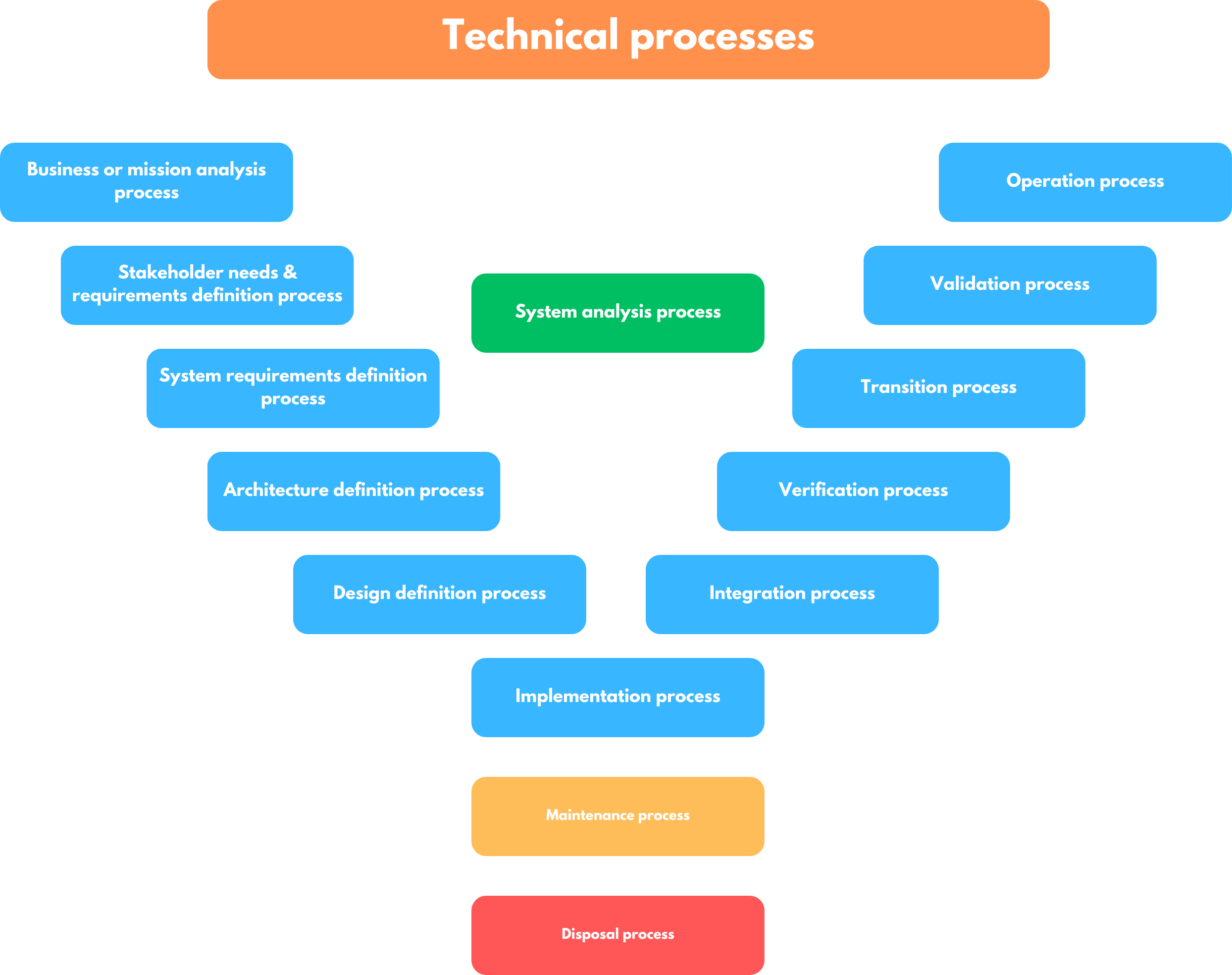
The technical processes of system engineering bellow describes more the V-cycles phases, and They include:
- Stakeholder Requirements Definition: Identifying and documenting stakeholder needs and expectations.
- System Requirements Analysis: Analyzing and defining system requirements based on stakeholder needs.
- System Architectural Design: Developing the overall structure and components of the system.
- Implementation: Building, integrating, and testing system components.
- Integration: Combining system components to ensure they work together seamlessly.
- Verification and Validation: Confirming that the system meets requirements and functions as intended.
- Operation, Maintenance, and Disposal: Operating, maintaining, and eventually retiring the system in a systematic manner.
- System analysis process : Analyse the different product of the other process to make choices, and trad-studies
Each process is like a piece of the puzzle 🧩, essential for creating the full picture of the system.
Responsibilities and Tasks of a System Engineer: 📝
System engineers wear many hats – from problem solvers to team players to communicators. Here are some of their key responsibilities:
- Analyzing and understanding user requirements 🕵️♂️.
- Designing and developing system architectures 🏗️.
- Conducting system integration and testing 🛠️.
- Ensuring system performance, reliability, and safety ⚠️.
- Managing project schedules, budgets, and resources 💼.
- Collaborating with cross-functional teams 👥.
- Communicating effectively with stakeholders 📢.
Introduction to Model-Based Systems Engineering (MBSE): 🖥️
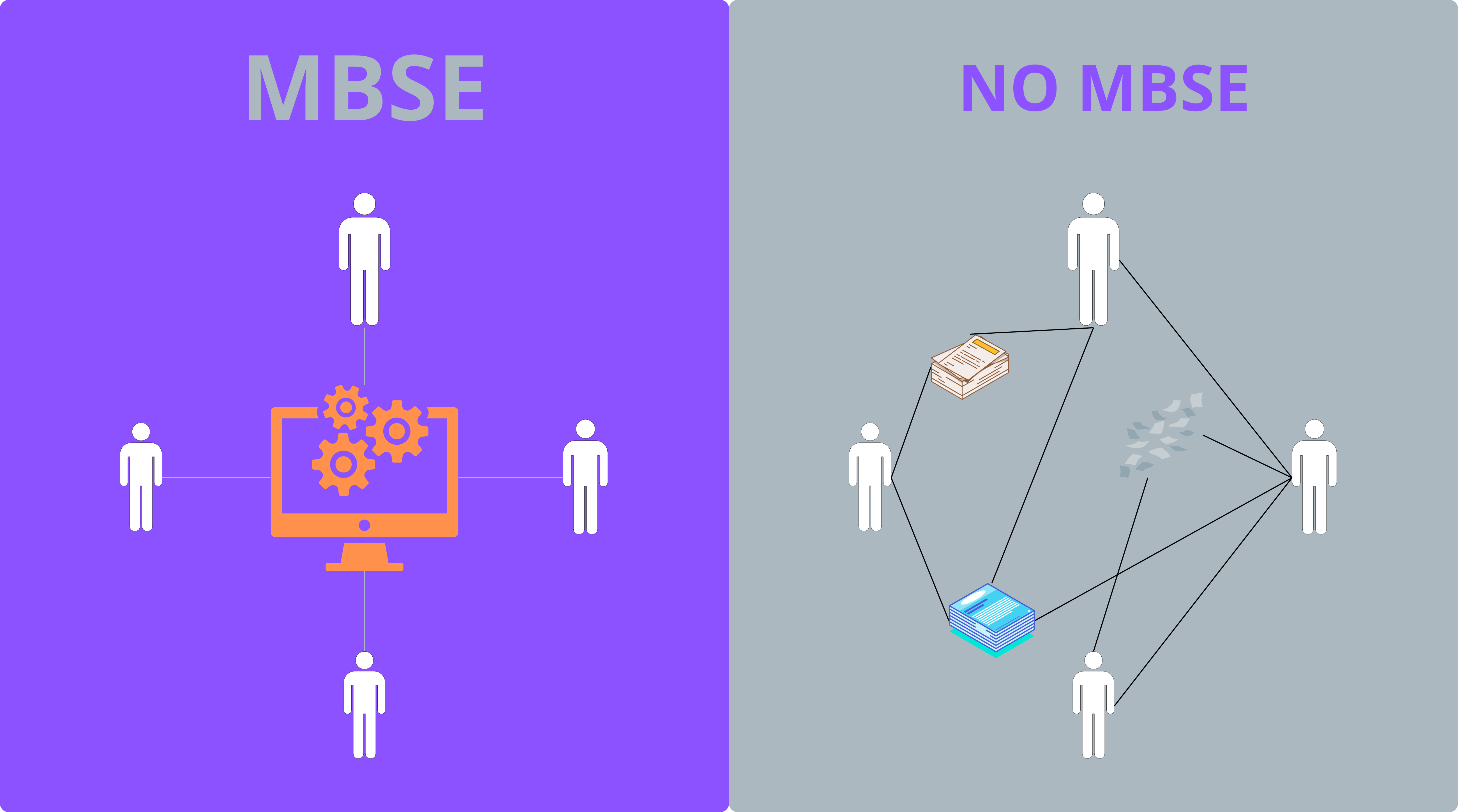
MBSE is like using virtual reality goggles 🕶️ to explore a virtual world.
It enables engineers to visualize, analyze, and simulate system requirements, architectures, and behaviors in a unified environment.
By using models, MBSE helps reduce complexity, improve communication, and facilitate early detection of issues, ultimately leading to more efficient and effective system development.
We will discuss more about MBSE and how it helps to reduce complexity, works in verification and validation process, and bring shared understanding in another article
Conclusion:
System engineering is the cornerstone of successful system development, combining interdisciplinary skills and collaborative efforts to tackle complex challenges.
With every system, there’s a story of innovation and resilience waiting to unfold.
By embracing the principles of system engineering, we can shape a future filled with endless possibilities and lasting impact.
In the evolving landscape of systems engineering, Model-Based Systems Engineering (MBSE) has emerged as a pivotal methodology, transforming traditional approaches to design, analysis, and validation. This article delves into the essence of MBSE, tracing its history, exploring its synergy with SysML, and highlighting its indispensable role in systems engineering processes. We will also examine the […]
Understand INCOSE and ISO15288 In the realm of systems engineering, two significant entities have made substantial contributions to standardizing practices and methodologies: The International Council on Systems Engineering (INCOSE) and the ISO/IEC/IEEE 15288 standard. Both play pivotal roles in guiding professionals on how to effectively manage and execute systems engineering processes. This article delves into […]
In our intricately connected world, tackling problems in isolation is no longer effective. Systems thinking emerges as a beacon of hope, offering a lens to view problems and solutions in their entirety. This article embarks on a journey to uncover the essence of systems thinking in problem-solving, highlighting its importance in today’s complex world and […]

